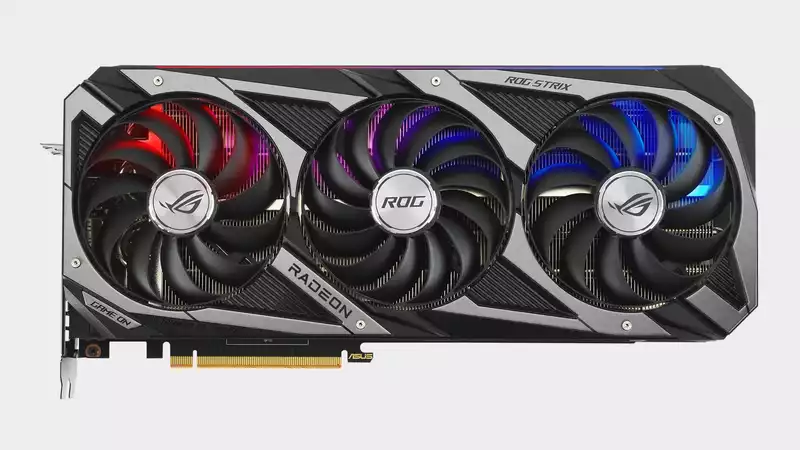The Internet is abuzz with rumors about the cryptocurrency mining prowess of AMD's new RDNA 2 architecture found in the new Radeon RX 6800, 6800 XT, and 6900 XT GPUs. According to users on QQ, a Chinese Snapchat-like social media platform, the vanilla RX 6800 is a full 1.5 faster than Nvidia's powerful GeForce RTX 3090.
If accurate, the 6800, and all AMD RDNA 2 cards for that matter, are dramatically more efficient at crypto mining than Nvidia's Ampere GPUs. It would also mean that there would be a massive struggle among miners competing to purchase RDNA 2 cards, causing prices to skyrocket and making them difficult to obtain. If you are thinking of purchasing such a gaming card for gaming, it is not a good idea.
After all, we have seen retail prices for many graphics double the recommended price in 2017 and 2018 thanks to mining demand. In fact, all GPU suggested retail prices have skyrocketed over the past four or five years, at least in part because of mining.
But are the rumors of RDNA 2's mining muscle actually true? Except that sources are hardly the last word in fact-checked authority, most cryptocurrency workloads are bandwidth sensitive. This is a glaring weakness of all new RDNA 2 GPUs, thanks to their relatively narrow 256-bit memory bus. [This feature is designed to reduce the need to fetch data from VRAM over the 256-bit bus. However, to give an example, Ethereum's current DAG file is approximately 4 GB. Therefore, to avoid polling VRAM when hashing Ethereum, the RDNA 2 would need 4GB of on-chip cache.
In any case, many currencies are designed to avoid speedups due to cache hits. Furthermore, AMD's CDNA architecture is the mining beast we have come to expect; RDNA and RDNA 2 are, roughly speaking, designed to be rendering and rasterizing monsters, not compute beasts. In fact, if one were to try to design a GPU architecture that is fast for gaming, but not so much for mining, the 256-bit + Infinity cache technology and the conventional ratio between compute units, texture processing, and pixel output would be very similar to RDNA 2 with a modest
.
In any case, it will certainly be an interesting issue to track as RDNA 2 cards are released later this month, and if Nvidia's Ampere-based RTX 3000 series boards turn out to be the weapon of choice for crypto mining, Nvidia's supply and pricing problem will be exacerbated. It will be interesting to see what the future holds.


Comments